In six years of war, President Bashar al-Assad of Syria has overseen a campaign of carnage, turning an enormous cache of deadly weapons against the very people they were presumably stockpiled to protect. In a campaign to crush rebels and jihadis, Assad and his allies have relied on tactics that go far beyond the norms of modern warfare to kill many thousands of Syrians. Here are the ways they have done it.
Chemical weapons
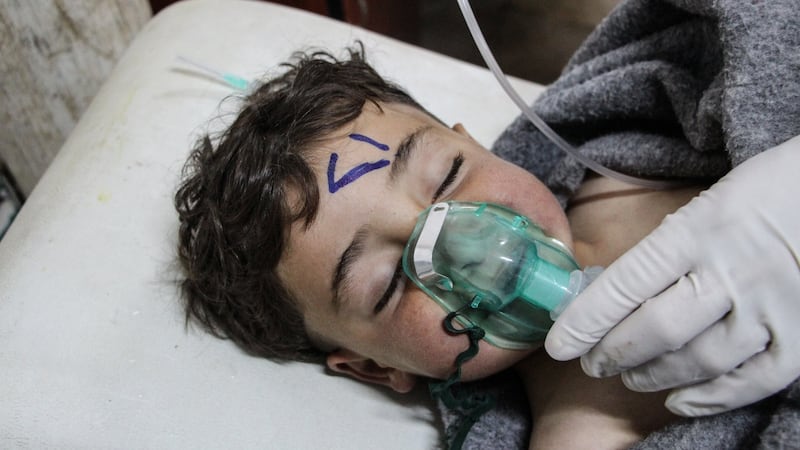
In the latest attack on civilians, more than 100 people, including children, were believed to have been killed by chemical weapons in a rebel-held town in Idlib province on Tuesday. A doctor there said the victims' pupils were reduced to pinhole-size dots, a characteristic of nerve agents and other banned toxic substances.
The United States put the blame for the attack on the Syrian government and its patrons, Russia and Iran, and suggested that the salvo was a war crime. While the attack was among the deadliest uses of chemical weapons in Syria in years, it was far from an isolated case.
During the war, the Assad government has been accused of regularly using chlorine gas, which is less deadly than the agent used on Tuesday and is legal in its commercial form. According to the Violations Documentation Centre, a Syrian local monitoring group that compiles data on human rights breaches, more than 1,100 Syrians have been killed in chemical weapons and gas attacks.
There are also reports that the Islamic State terror group, also known as Isis, has used mustard agent in northern Syria.
Siege tactics and starvation
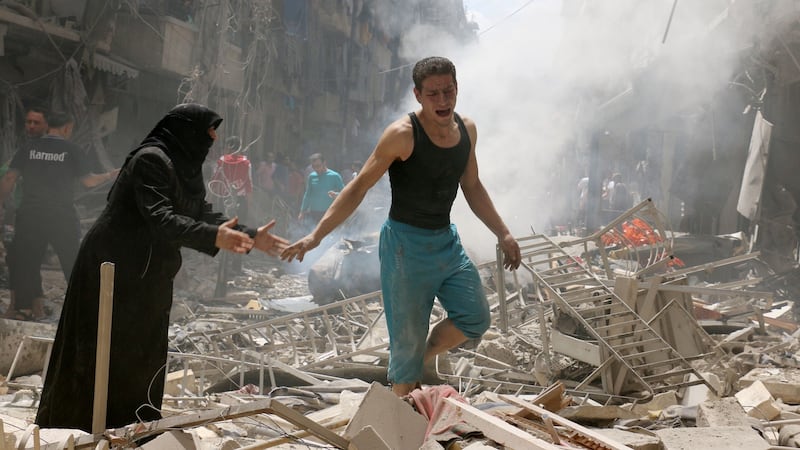
In a war that has involved some of the modern world’s most dangerous weapons, Assad and his allies have also used an ancient tactic to devastating effect: siege warfare.
Last year, government troops brought the rebel-held districts of Aleppo, Syria's largest city before the war, to itstheir knees, besieging them for months. Hundreds of thousands of people there and in other besieged cities risked starving to death, and many hundreds succumbed to the stranglehold that forces loyal to Assad had on the city's food supply.
In September 2016, after the Assad government agreed to allow international aid convoys to enter Aleppo, Russian or Syrian warplanes attacked the trucks, killing about 20 people and leading to a suspension in aid. A month earlier, the rebel-controlled city of Daraya, after four years of siege and bombings, struck a deal to surrender to the government.
Rebel forces and Islamic State have also besieged government-controlled areas on a smaller scale.
Mass executions and torture
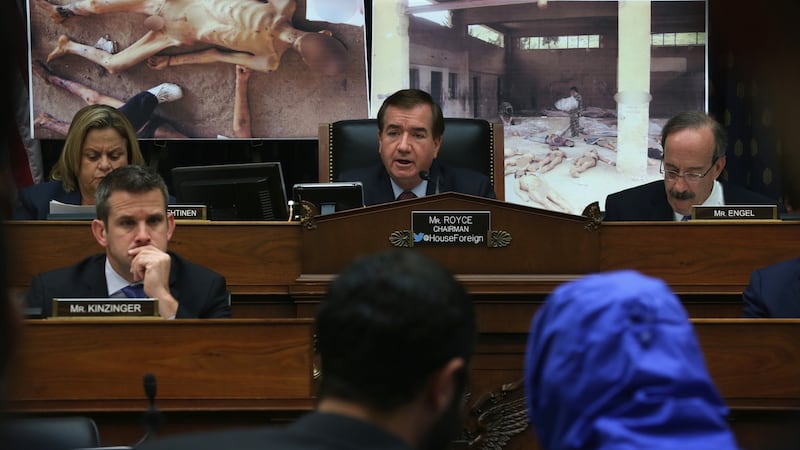
The Syrian government has summarily executed 5,000-13,000 people in mass hangings in just one of its many prisons since the start of the six-year-old uprising against Assad, Amnesty International said in a report in February. Inmates are kept under conditions so dismal – including regular, severe beatings and deprivation of food, water, medicine and basic sanitation – that they amount to deliberate extermination, defined under international law as a crime against humanity, the report said.
Barrel bombs and targeting of hospitals
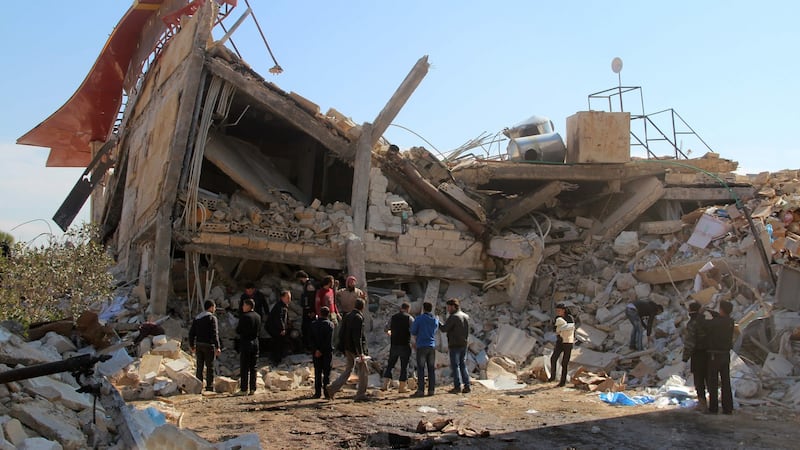
Syrian and Russian warplanes have bombed civilian targets and population centres, hitting mosques, schools and markets. Government forces have struck rebel-held areas with barrel bombs, large containers filled with explosive material and shrapnel. Air strikes have also targeted hospitals.
According to the Physicians for Human Rights, more than 300 hospitals have been attacked, a phenomenon the United Nations has likened to a "weapon of war". Rebels have also shelled civilian areas, but their weapons are less powerful.
Scud missiles
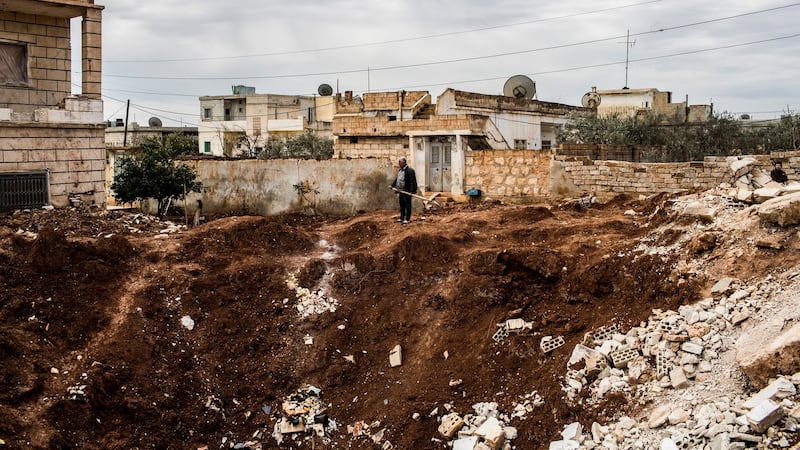
More than 38,000 people have been killed in shelling attacks and explosions, according to the Violations Documentation Centre. Among the deadliest weapons deployed against civilians were Scud missiles, aimed at rebel-held areas in the early years of the war. Scores of people were killed in explosions and buried under rubble when their homes were hit.
New York Times












